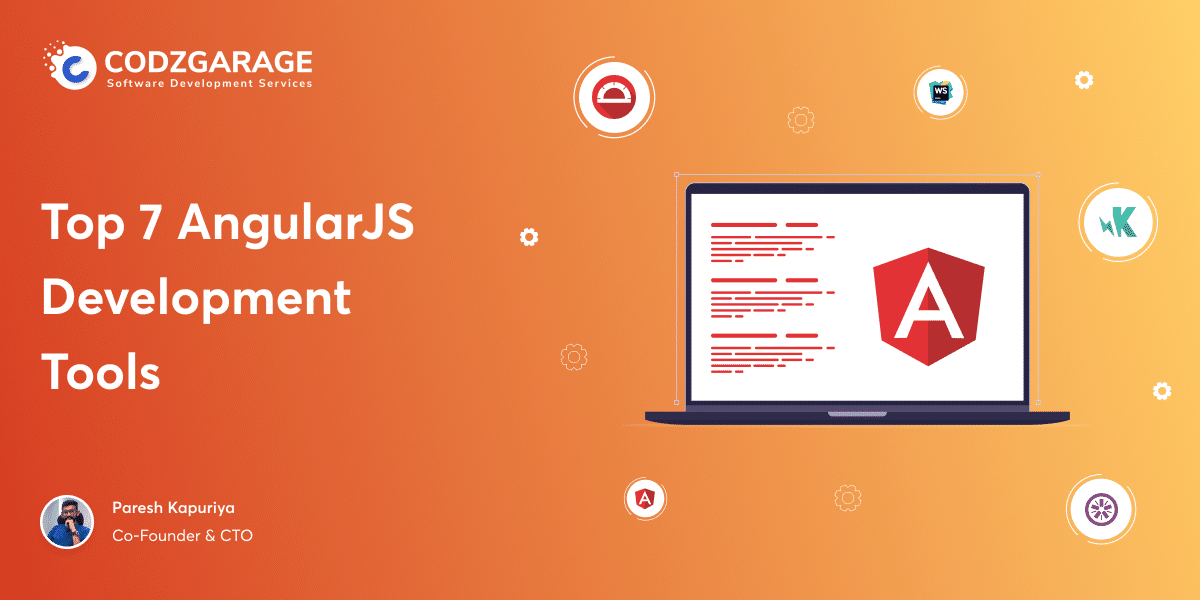Candid Insights
Exploring the latest trends and stories that shape our world.
Angular Development: From Zero to Dynamic Hero
Unlock your potential! Master Angular development and transform from a beginner to a dynamic hero in web app creation today!
Understanding the Basics: What is Angular and Why Should You Learn It?
Angular is a powerful front-end web application framework developed by Google that allows developers to build dynamic and interactive single-page applications (SPAs). It employs a component-based architecture, enabling a modular approach to application development. By using TypeScript, Angular provides strong typing and advanced tooling, making it easier to maintain and scale applications. Whether you are creating simple websites or complex enterprise applications, understanding the basics of Angular can significantly enhance your development skills and improve your workflow.
Learning Angular can bring numerous benefits to your programming career. Firstly, it is widely used in the industry, and proficiency in Angular can open up various job opportunities for developers. Additionally, the framework's rich ecosystem, which includes a vast range of libraries and tools, makes it exceptionally versatile. With Angular, you can create high-performance applications with responsive user interfaces, ensuring an optimal user experience. As web technologies continue to evolve, acquiring knowledge of frameworks like Angular will keep you relevant in the fast-paced tech landscape.

Building Your First Angular Application: A Step-by-Step Guide
Building your first Angular application can seem daunting, but with the right guidance, it becomes an exciting journey into web development. In this step-by-step guide, we will break down the process into manageable parts, ensuring that you grasp the core concepts. Start by setting up your environment: install Node.js, Angular CLI, and your preferred code editor. Once you have your tools ready, create a new project using the command ng new my-angular-app. This command sets up the basic structure of your application, allowing you to dive straight into coding.
Next, familiarize yourself with the essential components of Angular, which include Modules, Components, and Services. Each of these elements plays a crucial role in building a robust application. To create your first component, run the command ng generate component my-first-component. This will generate files necessary for your component and update the Angular module automatically. Remember to utilize Angular's powerful data binding features, which allow seamless communication between your component and the templates. As you progress, feel free to experiment with more advanced features like routing and state management, which are vital for scalability in larger applications.
Top 10 Best Practices for Angular Development: Tips for Success
When it comes to Angular development, adhering to best practices is essential for creating scalable and maintainable applications. Here are the top 10 best practices that can enhance your Angular projects:
- Modular Architecture: Break your application into smaller, reusable modules. This not only improves code organization but also facilitates easier testing and debugging.
- Consistent Naming Conventions: Maintain uniform naming conventions for components, services, and modules. This practice promotes clarity and helps team members understand the structure of the application.
- Use TrackBy with ngFor: Utilize the
trackByfunction with *ngFor to optimize performance by minimizing DOM manipulations when rendering lists. - Manage State Effectively: Leverage state management libraries like NgRx or Akita to handle complex application states cleanly and predictably.
- Lazy Loading: Implement lazy loading for feature modules to improve loading time and performance, especially in larger applications.
Implementing these best practices will lead to more efficient and productive Angular development. In addition to the above, consider the following:
- Utilize Reactive Forms: For complex forms, use reactive forms to manage validation and dynamic form controls seamlessly.
- Write Unit Tests: Create comprehensive unit tests for components and services to ensure reliability and ease of maintenance.
- Optimize Change Detection: Understand and utilize the ChangeDetectionStrategy to reduce unnecessary checks, thus improving application performance.
- Stay Updated: Regularly update your Angular version and dependencies to leverage the latest features and security enhancements.
- Code Review Practices: Establish a code review process to ensure code quality and share knowledge among team members.